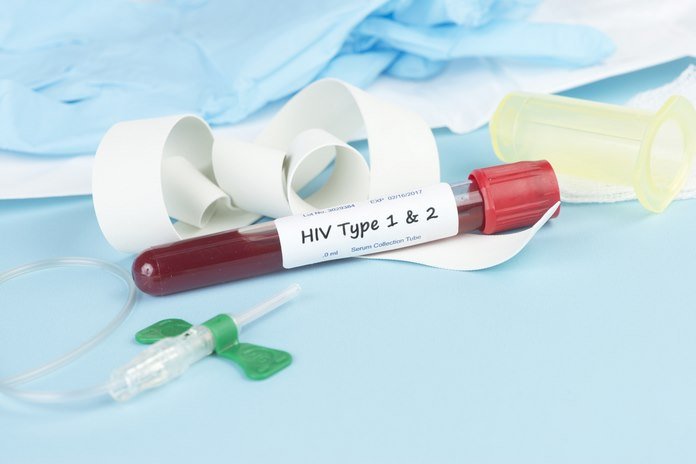Types Of HIV
There are two types of Human Immunodeficiency Virus:
- Human Immunodeficiency Virus- 1 (HIV-1)
- Human immunodeficiency virus- 2 (HIV-2)
Medical studies showed that both types of HIV can attack and infect the immune system. They share common features like causing similar kinds of infections such as Aids. But the mode of transmission and progression of infectious disease caused by HIV-2 is harder, slow and different compared to HIV-1. HIV-2 is not discussed well in literature, and when we talk about HIV it means the HIV-1. In the US the HIV-2 accounts for negligible percent of cases caused by the Human Immunodeficiency Virus.
Epidemiology
According to a report in 2018, HIV infected approximately 37.9 million population worldwide. Mostly involved adults (including pregnant and breastfeeding women) and children living in Low- and Middle- income countries. Pregnant women receive lifelong antiviral medication to protect their fetus. Almost 7,70,000 deaths have been reported in 2018 by HIV infection. A report in 2019 showed that 24.5 million individuals accessed antiviral therapy against HIV infection, and also the new infections and deaths due to HIV are declining since 2000. In the US, 37,832 patients diagnosed with HIV infection in 2018, and it has been estimated that 38,000 new HIV infections occur each year. Also, in the United States HIV infection was reported first in the 1970s and got attention in the 1980s. Most of the infections are due to the use of injections, syringe needles by drug users, and also by unprotected sex with the partner.

